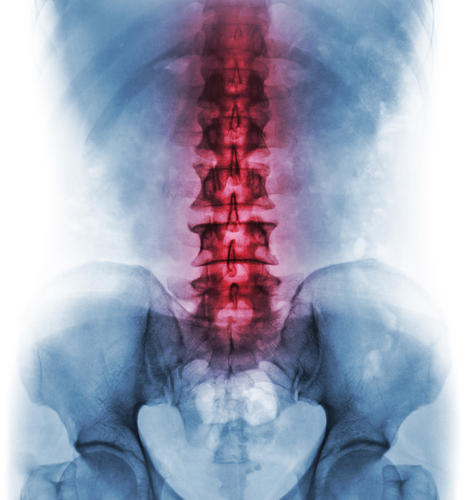You wince at that twinge in your back when you stoop to peck your grandson’s cheek and as you tie the laces on your sneakers. Soon cooking, tending to your garden and working at your computer are all bound to that dull ache that grows more intense every day. Should you continue biting your lips as you tolerate the pain? It may be time for you to visit your doctor.
The Structure of Your Back
Your back is quite an intricate configuration. It’s comprised of stacked vertebrae that rise in a tower-like formation, and a spinal cord that snakes down the center of the vertebrae. Nerves, heading to the left and right, reach out from between the vertebrae. Cartilage-like disks sit between the vertebrae as well, and function as shock absorbers. The entire structure is encased in layers of muscle, while ligaments and tendons provide support and flexibility.
Possible Causes of Back Pain
Several circumstances can trigger back pain. Often, injuries or accidents, such as falls, can fracture or strain your back muscles. Additionally, awkward movements or activities, like pushing, pulling, lifting, or utilizing harmful standing or sitting postures can burden your back.
Several medical conditions can cause back pain, for example, arthritis, which results in joint pain, or scoliosis, which is an abnormal curvature of the spine. Other conditions are kidney infections, a spinal tumor that presses on the nerves, or osteoporosis, in which the spinal bones are brittle and fracture easily.
Tenderness and warmth in the spine can signal a spinal infection. Another spinal condition is cauda equina syndrome, which damages the spinal nerve roots on the lower end of the spinal cord.
Damaged spinal disks, such as ruptured or bulging disks, can press on nerves and cause intense back pain or sciatica – sharp, shooting pain traveling down your thighs.
When to Seek Medical Help
Consult with your doctor if your back pain comes along with weight loss, fever, inflammation or swelling, if it worsens at night, or if the pain stretches below your knees. Also, loss of bowel or bladder function can be symptoms of cauda equina syndrome, and should be examined.
If you’re experiencing foot drop, in which your toes or foot drag along the ground so that you have to concentrate on lifting them as you walk, seek medical help. This, as well as numbness or tingling in the lower back, buttocks or legs, can indicate nerve damage.
When your back pain appears following a trauma like a fall or injury, or if it lasts more than six weeks see your doctor. Otherwise, visit your doctor if you’re above 70, or if you have a medical history of cancer, immunosuppression, osteoporosis, or chronic steroid use.
What Your Doctor Can Offer
Your doctor will perform a physical examination and then use X-ray testing, MRI’s, CT scans, bone scans, or electromyography to detect muscle, disk, nerve, tissue, ligament or bone problems as well as any conditions that may be causing pain.
Based on his findings, your doctor may recommend treatment ranging from over-the-counter pain relief medications to stronger prescription analgesics. Physical therapy is often beneficial, and sometimes cortisone injections are inserted into the epidural space. Surgery is a rare option.
Back pain shouldn’t be your unwelcome companion as you experience once-in-a-lifetime events and milestones. Your doctor can pinpoint the cause of your pain and guide you to the right treatment, so you can appreciate spending time with family and friends joyfully and free of pain.
Disclaimer: This content was created for informational purposes only and is not intended as a substitute for professional medical advice. Always consult a qualified health provider with any medical questions you may have.
References:
- James Mcintosh, “What is Causing This Pain in My Back?,” Medical News Today, Written February 23, 2017, Accessed March 18, 2020, https://www.medicalnewstoday.com/articles/172943
- Avren Jackson-Cannady, “When to See Your Doctor About Back Pain,” WebMd.com, Reviewed June 1, 2011, Accessed March 18, 2020, https://www.webmd.com/back-pain/features/when-to-call-doctor#4
- “When to See a Doctor,” Mayo Clinic, Written August 3, 2018, Accessed March 18, 2020, https://www.mayoclinic.org/symptoms/back-pain/basics/when-to-see-doctor/sym-20050878
- “Low Back Pain,” JAMA, Written April 24, 2013, Accessed March 18, 2020, https://jamanetwork.com/journals/jama/fullarticle/1681414


